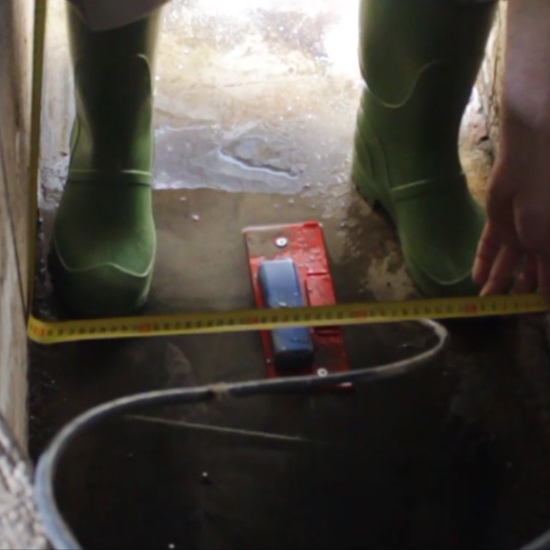 At CIMA (Atlantic Center for Environmental Research, S.L.), we want to show you what we do—both in our offices and beyond.
At CIMA (Atlantic Center for Environmental Research, S.L.), we want to show you what we do—both in our offices and beyond.
On this page, you’ll find a series of short videos called "Things We Do at CIMA", which will help explain what we do and how we do it. All to bring you closer to the world of Marine Biology and Oceanography.
– «Things We Do At CIMA» #6: Flowmeter:
One of the most important parameters, if not the primary one, when selecting a wastewater treatment system and sizing it is knowing the flow rate to be treated—i.e., the volume of wastewater per unit of time that will enter the treatment plant.
Due to the wide variety of hydraulic, mechanical, and chemical conditions in wastewater facilities (partially filled pipes, gravity discharge, dramatic flow variations, open channels, solids and grease content, etc.), flow measurement methods and devices are numerous and varied, as there is no single or universal technological solution.
One of the most widely used flow measurement devices is the flowmeter. caudalímetros.
Today, we measured the flow rate at an urban wastewater treatment plant. To do this, we must select the area where the flowmeter will be installed. This specific device is fixed to the bottom of the channel.
We measure the channel’s width, and the flowmeter—using a Doppler velocimeter and a pressure sensor—calculates the water’s velocity and height. With this data, the flow rate in the channel can be determined.
Why do we do this?
Whether building a new plant, resizing an existing one, or simply monitoring its operation and compliance, we need to know the wastewater flow rate it must treat. This allows us to verify if the plant is properly sized to handle the average flow, peak surges, and/or population growth in the area.


